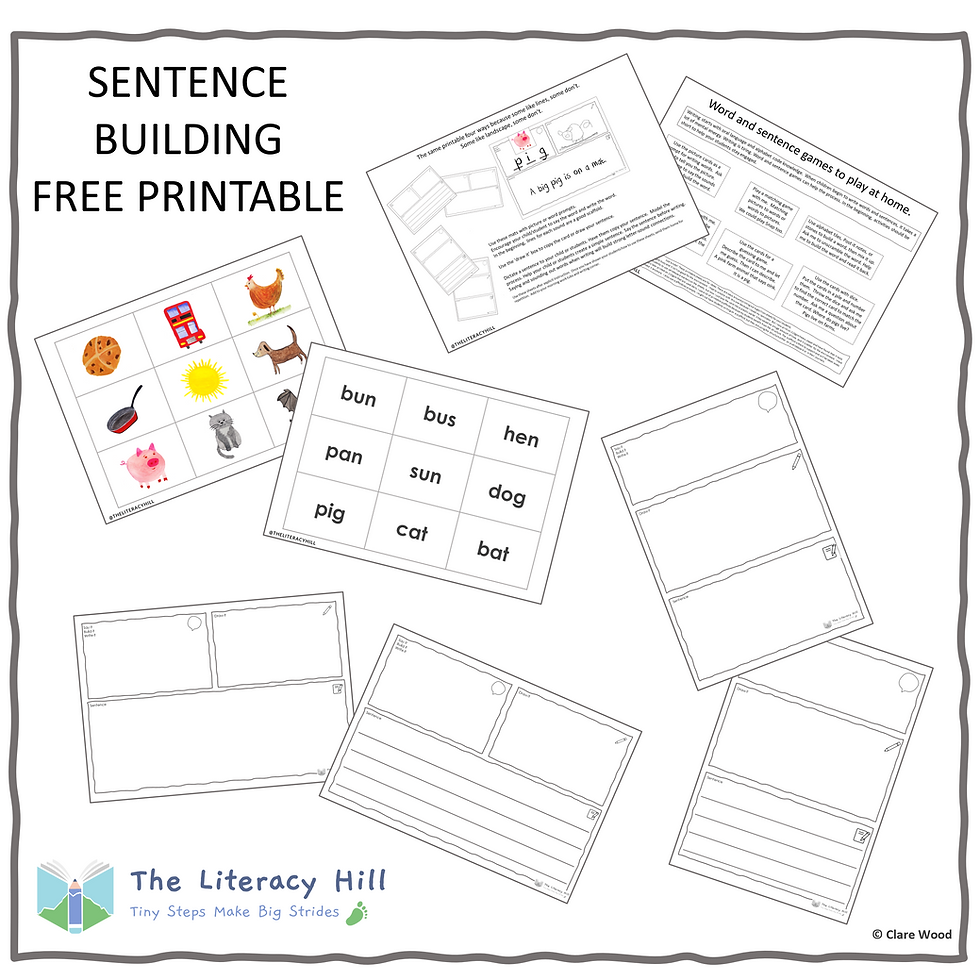HERE WE ARE–THE ALPHABET CODE
- Developers Devzmelbourne

- Sep 5, 2022
- 2 min read

The first year of school is crucial for literacy development. It goes by so quickly. Term 2 starts tomorrow here in Western Australia. There are lots of ways you can help the learning to read journey at home. Let’s make this a successful year. Read on to find out more about the alphabet code.
The language we use can help our children to understand that letters are a written code. Letters and sounds are part of a bigger system. To help children access the alphabet code, it is necessary to teach sounds before letter names.
We must teach children that letters represent the sounds we say.
They are the visual symbols we write to put our thoughts down on paper. Letters don’t make the sounds — we do — instead of saying em ay pee says map, SAY the sounds slowly as you point to the letters to show how to sound out a word. This will help your child to hear the sounds and blend to read a word.

In the beginning, most children start with CVC words. All children should start learning the basic code letter sounds A-Z before anything more complicated.
Once children move on to longer, more complex words — thumb INSTEAD of saying that’s tee and aitch.
DO THIS
Sound out the word together and slide your finger under the letters and point out the letters that go together — these 2 letters represent the sound — /th/ say it with me /th/. Reread the whole word.
Fluent readers no longer see the initial sounds or letter names they always see /th/ as a picture of sound. It’s this automatic retrieval that we want to see for fluency to happen.
The alphabet code
There are 44 sounds and 26 letters. There are not enough letters to have one-to-one correspondence. The basic code A-Z works together to represent all the sounds we see on paper. Children must develop the ability to understand that sometimes 2 or more letters represent a sound. When we talk with children about letters and sounds, we should keep our language flexible. In the beginning, we teach initial sounds.
The letter symbol ‘E’ represents the initial sound /e/ as in egg or edge.
As we move on through a sequence, we teach that the letter ‘E’ can also represent the letter name ‘ee’ as in emu. And as we go on, we also discuss the letter ‘E’ can appear with other letters to represent sounds, for example, green, great, cake, blue and have.
If we take our teaching as a point in time, we can use our language to show that letters are symbols that represent sounds in a complex system.
My First ABC activity books are a wonderful way to teach the initial alphabet code explicitly.

A set of 6 activity books to develop phonemic awareness and phonic skills through explicit, playful, repeated practice. The books are the perfect tool for home or school practice — use them to teach code knowledge or for revision and retrieval practice. Go here to have a look.








Comments